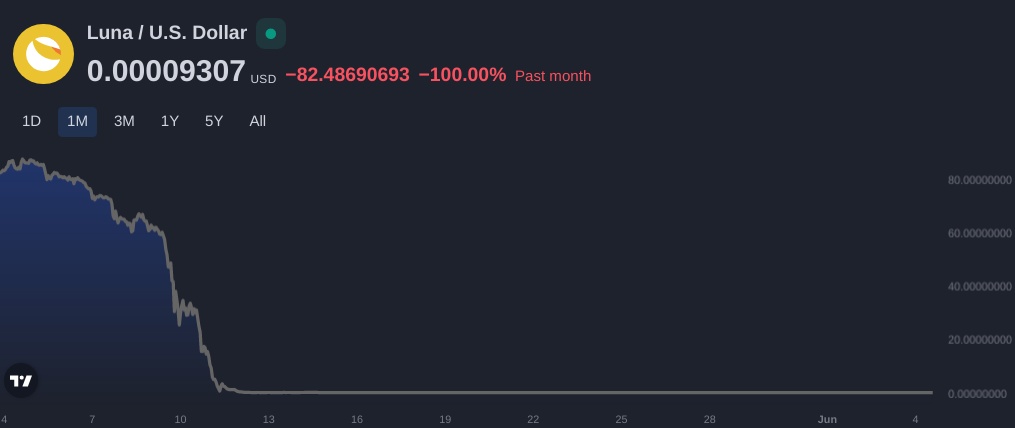
May 2022
News
We will be at Porcfest and Forkfest this year! Look for a shed with BTC signs! There will be a BTM to buy or sell while at the campground for the full two weeks.
New location coming soon to Brunswick Maine at the train station.
Stability
From: Magic Internet Money
By Jesse Berger
Bitcoin Versus Stablecoins
“Meet the new boss. Same as the old boss.” -Pete Townsend, Won’t Get Fooled Again
Large institutions have signaled their intent to issue their own digital currencies. The World Economic Forum even launched a framework for their deployment, validating the concept of distributed networks as practical value transfer mechanisms...
All of these projects share two important commonalities. First, in monetary terms they are new digital representations of the same old fiat currencies. They treat a symptom of financial woes, namely payment convenience, without addressing the root problems caused by reckless monetary policies and trusted third parties. Second, from a technological standpoint, their designs are akin to private blockchains, which in all likelihood will be run by central authorities that retain censorship privileges. All told, this concept is like a paint job for a car in need of a new engine.
Digital currencies with face values equivalent to whichever fiat currency they represent are known as “stablecoins.” They could be likened to digital casino chips because they tend to be most useful under the casino’s eye-in-the-sky surveillance apparatus. With this gambit, the issuing authority has no need for favored gaming odds. Instead, it can be expected that they will extract their pound of flesh from valuable personal data by monitoring, analyzing, and regulating your transactions.
As the old investor adage has it, when the tide goes out you get to see who is swimming naked. Over the past several weeks, markets have been offering a blaring signal that the tide is indeed receding. Share prices of companies with the loftiest growth ambitions have plummeted, some by as much as 90%. The air of monetary tightening, whether or not central banks follow all the way through on their promises, has similarly caused carnage in the "crypto" markets, and this aggressive selling has put downward pressure on bitcoin's exchange rate for dollars, too. The public equity markets should eventually revalue (higher) those companies with sound business strategies, product-market fits, and resilient balance sheets while revaluing (lower) the companies that have been swimming naked. So, too, will market forces eventually prove which "crypto" has been engineered to last. Those that don't pass this rigorous muster will gradually fade into obscurity or break spectacularly under the stress.
Recently, several so-called "algorithmic stablecoins" have succumbed to this latter fate. At least, this is how it appears at the moment. You might be asking yourself what is an algorithmic stablecoin? The earliest and largest stablecoins were created to permit crypto investors, especially those engaging in frequent trading to speculate on price fluctuations in both directions, to move to a crypto-neutral risk position without having to spend the time and the fees exchanging in and out of fiat. They are supposedly fully reserved, meaning that a dollar-backed token is only created when a dollar has been deposited, and so the token is "stable" in dollar terms. So long as the issuer does not engage in fractional reserve banking - a technique that, it must be said, has proven too tempting to resist for many parties throughout history - these tokens should always be redeemable for $1.
Now for the algorithmic part of algorithmic stablecoin. Algorithmic stablecoins were created, a cynic might say, because there isn't much money to be made from managing a fully reserved stablecoin, but there is a great deal of venture capital interested in trying to profit from stablecoin demand. A more charitable interpretation would be that these projects were intended to improve on fully reserved stablecoins by eliminating the supply constraint imposed by collateral, like this one or by reducing the requisite trust in and reliance on the issuing party, like this one. Both of these projects have, for different reasons, fared quite poorly amidst recent turbulence (1, 2). They will not be the last such experiments to fail, and while the consequences of such failure can be personally devastating to those affected they are not without benefits to humanity at large and our money in particular. Via negativa, by learning what doesn't work we develop a deeper appreciation for what does work.
Bitcoin is my stablecoin
This has been a popular quip among many a bitcoiner in response to these various efforts to reinvent the wheel. One bitcoin will always be one bitcoin. Because the dollar-to-bitcoin exchange rate fluctuates (a lot) over short-term time horizons, and because this exchange rate is highly correlated with the dollar value of other "crypto" projects, bitcoin doesn't work as a stable coin for aggressive traders who seek very short-term gains measured in dollars. But apart from this very narrow use case, it is difficult to imagine a more stable stablecoin than bitcoin. The network's proof of work mining algorithm, the computing power of which has remained at levels around the highest on record, continues to mint new blocks at intervals of approximately ten minutes the same way it has been doing for more than a decade now. Indeed, at this point bitcoin has been stable for about 17% of the entire post-Bretton Woods era, or more than a quarter of the time that has passed since Nixon closed the gold window in 1971.
Stability is harder and harder to come by nowadays. In these circumstances, bitcoin's value proposition shines.
Related Podcast
Brad Mills offers a bitcoiner's perspective on recent stablecoin turmoil in case you haven't reached your limit on absurd and needless complexity.